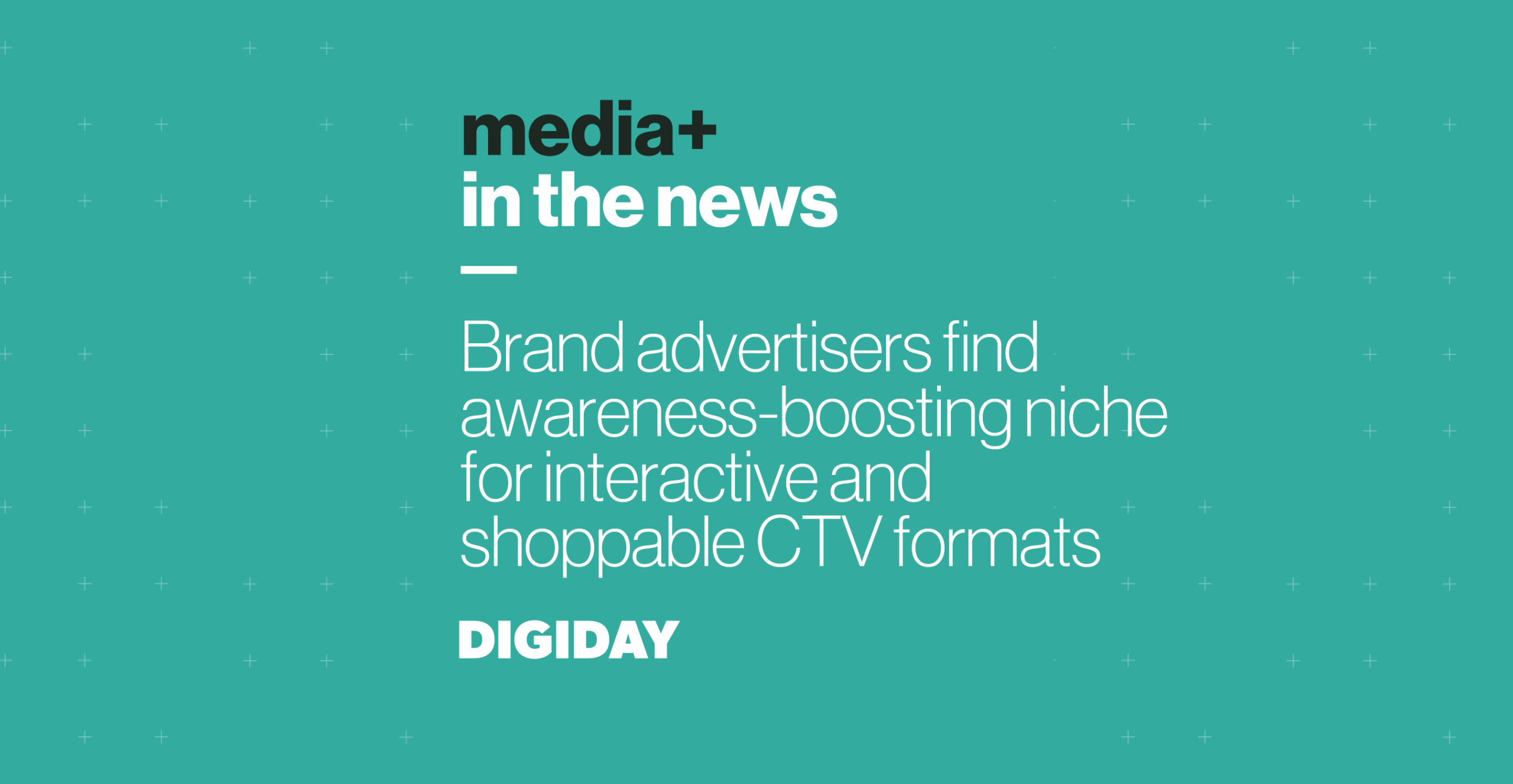Author: Katrina Stroh, VP
Over the years, the luxury and premium space has evolved. What was once solely focused on wealth, abundance, and other affluent measures of success, today’s luxury consumer is more nuanced. Because of this shift, brands looking to reach this group of consumers must stay agile and shift their strategies to incorporate different ways of targeting.
Here are five considerations to take if you’re looking to engage luxury consumers in 2024 and beyond.
Understand the premium expectations that come with working in the luxury space.
Luxury brands are often centered around exclusivity. They also tend to uphold their brand ethos first and foremost, therefore having stricter marketing guidelines and more ad requirements specifically around where and how they show up. This means the ad environments you’re buying should be more premium, longer format, and enable a ‘brand first’ messaging approach, reinforcing the key differentiators that your target audience has come to know and love.
Ensure your brand experience is personalized to this upscale and polished audience.
When working to engage a more affluent luxury audience, you should ensure personalization is incorporated into the customer journey. This audience expects the white glove, tailored experience throughout all brand touchpoints, from their digital shopping experience to making the purchase to premium shipping options. While personalization can feel daunting for many brands, there are a multitude of tools available today – such as DCO (dynamic creative optimization) + generative AI allowing for personal, one-on-one creative messaging and a more seamless approach.
Stay true to yourself but make room for experimentation.
While luxury consumers have certain expectations for how the brands they support look and feel, due to today’s consumer being more nuanced than in previous generations, it’s also time to experiment with your marketing and media approach to find unique ways to stand out and make a splash. Allocate additional budget for this experimentation and consider things like interactive experiences, high impact brand takeovers, celebrity/influencer endorsements, experiential out-of-home, virtual reality/artificial intelligence experiences, etc.
Social is a must, but your social platform choice matters.
Social media plays a critical role in the luxury consumer’s journey as a top resource for seeking style inspiration, however there are certain platforms that play better with these audiences. Instagram is a must for younger audiences as a fullscreen, visual-first environment lending well to an upscale creative look and feel. Meanwhile, Facebook holds its own with the older affluent crowd enabling similar creative capabilities. While TikTok is all the buzz, this highly UGC-focused environment has its own set of rules for brands. Creative should be custom for TikTok, and lean into human elements like celebrity and influencer collaborations, relatable bite-sized clips with functional “how-tos” or even leveraging popular TikTok trends like memes, music, dances and acronyms. TikTok requires quite a bit of experimentation and testing to see what works for each unique brand ethos.
eCommerce is here to stay and luxury brands should explore marketplaces and retail media networks.
Whether you’re looking to drive online sales for your brand or simply dipping your toe in, consider registering your luxury brand on various marketplaces to establish your brand territory. Luxury marketplaces/networks offer a unique opportunity to engage with ripe, in-market segments seeking luxury products across both broad and niche categories. Top luxury platforms worth exploring include Nordstrom, Saks Fifth Avenue, Net-A-Porter, Farfetch, GILT and Amazon Luxury.
As the Millennial and Gen Z generations continue to amass wealth, it’s important that luxury brands looking to evolve and grow the variety of ways they can target these niche audiences. Working with an agency that truly understands the luxury consumer journey and can help you optimize your brand at scale will be key to winning over this audience and driving brand loyalty for years to come.


